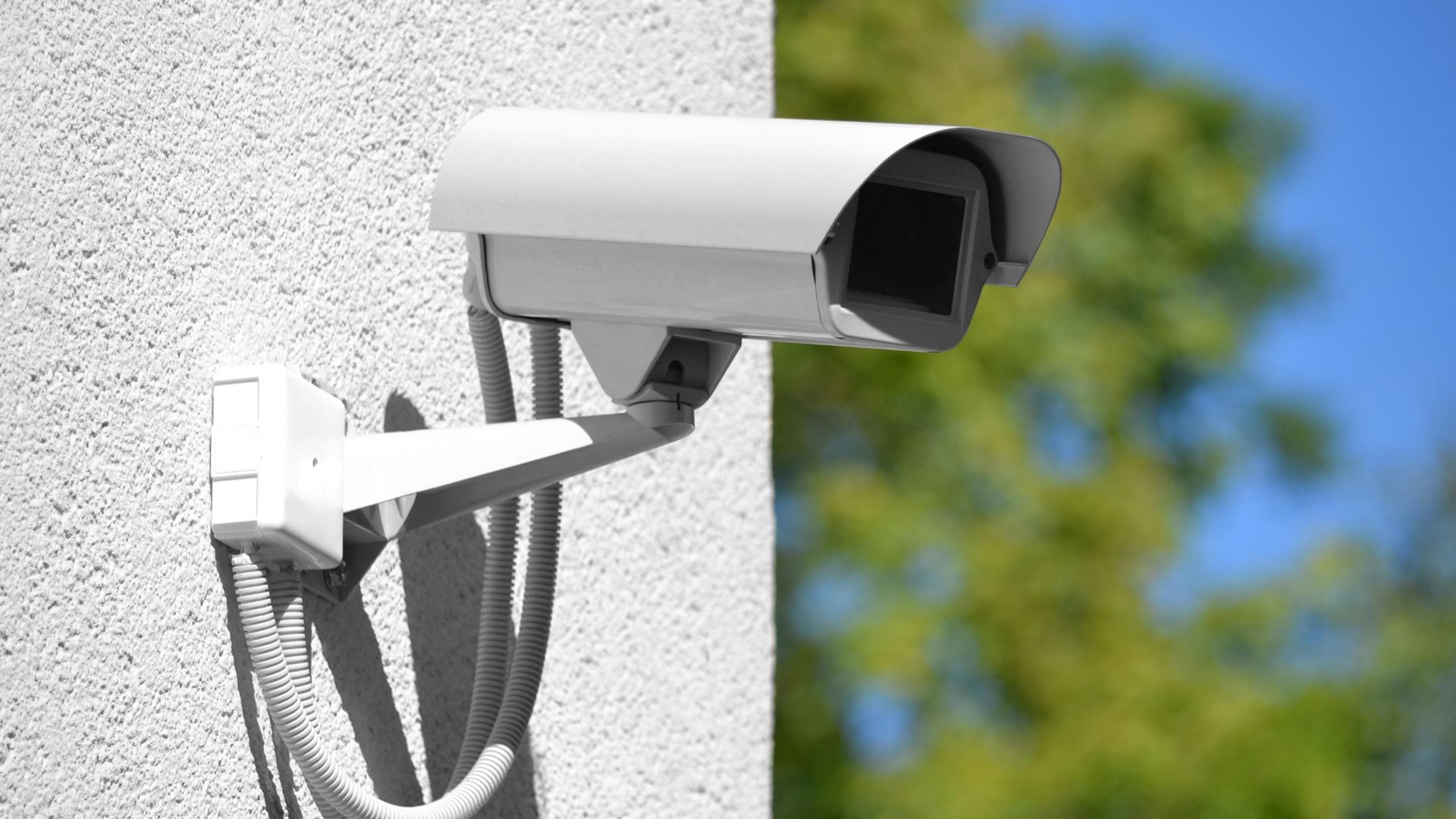Are you experiencing trouble with your Vivint camera not recording events as it should? It can be frustrating when your security system doesn't work the way you expect. Event recording is crucial for monitoring activity around your home or business, providing peace of mind and security.
When your camera fails to record events, it can leave you feeling vulnerable and unsure about what's happening in your surroundings.
In this article, we'll examine common reasons why your Vivint camera isn't recording events, so you can see potential issues and figure out what to do about them.
Why Vivint Camera not Recoding Events
If your Vivint camera isn't recording events, several factors could be causing the issue. First, ensure the camera has an active and stable internet connection.
Check if the camera's storage is full or if there are any issues with the recording settings in the Vivint app. Verify that motion detection and recording features are enabled in the camera settings. If the camera has a subscription plan, ensure it's active and up to date.
Check for any firmware updates for the camera. If none of these steps resolve the problem, contact Vivint customer support for further assistance, as there may be technical issues with the camera or the Vivint system.
Testing the Camera's Motion Sensor
Motion sensors in cameras are like little detectives that detect movement around them. They're important for your security because they trigger the camera to start recording when they sense activity.
To test your camera's motion sensor, you can try walking in front of the camera or waving your hand within its view. If the sensor is working properly, the camera should detect your movement and start recording.

It's a good idea to test the motion sensor regularly to make sure it's still working as it should. This way, you can ensure that your camera is always ready to capture any suspicious activity around your home or business.
Cleaning the Camera Lens
Keeping your camera lens clean is important for capturing clear and sharp images. Dust, dirt, and smudges can blur the picture and make it harder to see what's going on. Here's how to clean your camera lens:
- Use a soft, clean cloth or lens cleaning tissue to gently wipe away any dirt or fingerprints from the lens surface. Avoid using rough materials that could scratch the lens.
- If there are stubborn stains or marks, you can dampen the cloth slightly with a lens cleaning solution or water. Make sure not to get any liquid inside the camera.
- After cleaning, let the lens dry completely before using the camera again to prevent water spots.
Adjusting Activity Zones and Motion Sensitivity
Activity zones and motion sensitivity settings help your camera focus on specific areas and detect movement accurately. Here's how to adjust them:
Activity Zones
These are specific areas in the camera's field of view where you want it to focus on detecting motion. To adjust them, open your camera's settings on the app or web interface. Look for the option to set up activity zones.
You can usually drag a box or shape over the areas you want to include or exclude from motion detection. Once you've set up your activity zones, save your changes and exit the settings.
Motion Sensitivity
This setting determines how easily your camera detects motion. If it's too sensitive, it might pick up unnecessary movement like tree branches swaying. If it's not sensitive enough, it might miss important events.
Adjust the motion sensitivity slider in your camera's settings to your desired level. Test different settings until you find the right balance between capturing important events and ignoring false alarms.
Excluding Certain Times From Recording
If you prefer not to have your camera recording during specific times, such as when you're at home or during scheduled events, you can easily exclude these periods from recording.
Begin by accessing your camera's settings either through its dedicated app or web interface. Once there, locate the option for setting up recording schedules or time-based rules. Within this menu, you should find the feature allowing you to exclude certain times from recording.

From there, you can choose which days and times—specific hours or repeating schedules—you want to leave off of the recording.After configuring these settings according to your preferences, save your changes, and your camera will adhere to the specified exclusions, ensuring it does not record during those designated times.
This customization feature enables you to tailor your camera's functionality to align with your privacy and security requirements seamlessly.
Replacing Batteries in Wireless Cameras
It's crucial to change the batteries in wireless cameras to guarantee continuous operation. Start by locating your camera's battery box, which is usually located on the back or underside. Open the compartment carefully, ensuring not to damage any components. Remove the old batteries and dispose of them properly.
Next, insert the new batteries into the compartment, ensuring they are positioned correctly according to the polarity indicators. Once the new batteries are securely in place, close the compartment securely. It's advisable to use high-quality batteries to maximize the camera's performance and lifespan.
Finally, test the camera to ensure it powers on and functions correctly with the new batteries. By following these simple steps, you can keep your wireless camera powered and operational for continued surveillance and security.
Checking Camera Settings and Connectivity
To make sure your camera is working properly, you should check its settings and connectivity. Start by using an app or online interface to access your camera's settings menu. Verify that the settings are configured according to your preferences, including resolution, motion detection sensitivity, and recording schedules.

Additionally, check the camera's connectivity to your network. Ensure it is properly connected to your Wi-Fi network and that the signal strength is strong enough for reliable operation. If necessary, you may need to reposition the camera or troubleshoot any network issues.
Finally, test the camera's functionality by remotely accessing its live feed to confirm that it's working as expected.
You can keep your camera working well for security and surveillance by routinely verifying these settings and connectivity.
Updating Firmware and Vivint App
Updating the firmware and Vivint app is important for keeping your camera and system running smoothly. Firmware is like the brain of your camera, controlling its functions and performance.
The Vivint app is what you use to control and monitor your camera remotely. To update them, open the Vivint app on your smartphone or tablet.
Look for the option to update firmware or the app itself in the settings menu. Follow the prompts to download and install the latest updates.
These updates often include improvements, bug fixes, and new features that enhance the reliability and functionality of your camera system. By staying up-to-date with firmware and app updates, you ensure your camera operates at its best and remains secure.
Troubleshooting a Vivint Camera Not Recording Events
Restoring the efficacy of your security system requires troubleshooting a non-recording Vivint camera.Start by checking the camera's power source and ensuring it's properly connected. Next, verify that the camera is online and connected to your Wi-Fi network.
If it's offline, try restarting your router or moving the camera closer to it to improve signal strength. Additionally, check the camera's storage capacity to ensure it's not full. If everything seems fine physically, check the camera's settings in the Vivint app to ensure motion detection and recording features are enabled.
Then, get in touch with Vivint's customer service for more help if the problem continues. By following these troubleshooting steps, you may assist fix the issue and make sure your camera consistently records significant occurrences.
What Camera System does Vivint Use?
Vivint uses a range of camera systems to help keep your home or business secure. One of the main camera systems they offer is called the Vivint Outdoor Camera Pro. This camera has cutting-edge capabilities including two-way audio communication and infrared night vision, and it is made to resist outside situations.
It also has a wide-angle lens to capture a broader view of your surroundings. In addition to outdoor cameras, Vivint offers indoor cameras like the Vivint Ping Camera, which allows you to check in on your home remotely and communicate with family members. These camera systems work together with Vivint's smart home technology to provide comprehensive security and peace of mind.
Can a security camera work without WiFi?
Yes, security cameras can work without WiFi, but it depends on the type of camera you have. Some security cameras are designed to work without WiFi by using other means of connectivity, such as cellular networks or wired connections like Ethernet cables.
These cameras often have built-in SIM cards or can be connected directly to a network via cables. However, it's essential to note that WiFi-enabled cameras offer more flexibility and convenience, allowing you to monitor your home remotely using a smartphone or computer.
Check the specifications of any security camera you're thinking about purchasing if it doesn't have WiFi to make sure it will work for you and has the connectivity choices you need..
In Last Thoughts
Maintaining the security of your residence or place of business requires making sure that your Vivint camera is correctly recording occurrences. By troubleshooting common issues, such as motion sensor functionality, lens cleanliness, and connectivity issues, you can address any problems that may arise.
Also, taking advantage of advanced features like activity zones and motion sensitivity adjustments can help tailor your camera's functionality to suit your specific needs. With the convenience of remote monitoring and the peace of mind provided by high-definition video quality and night vision capabilities, investing in a Vivint camera can indeed be worth it for many individuals.
In the end, you can make sure that your camera system keeps working properly and gives you the protection and peace of mind you deserve by learning about its capabilities and doing routine maintenance on it.
Frequently Asked Questions
Will Vivint cameras work without subscription?
Yes, Vivint cameras can work without a subscription, but some features like cloud storage, advanced motion detection, and professional monitoring may require a subscription plan for full functionality.
Why is my Vivint app not working today?
Your Vivint app may not be working due to various reasons such as server issues, connectivity problems, or app updates. Try restarting your device, checking internet connection, or reinstalling the app.
Can I use Vivint on my computer?
Yes, you can access Vivint features through a web browser on your computer by logging into your Vivint account. However, some functionalities may be limited compared to the mobile app.
About Hamza Liaqat
Hamza Liaqat, our tech maestro, is a software engineer with a passion for cutting-edge technologies and experience of more than 7 years in tech industry. As the founder of DifferentDaily.com, he navigates the tech frontier, unraveling AI, Blockchain, and Web3 intricacies. Hamza's troubleshooting finesse and commitment to practical solutions make him your go-to guide for all things tech. Welcome to innovation, curated by Hamza Liaqat.


